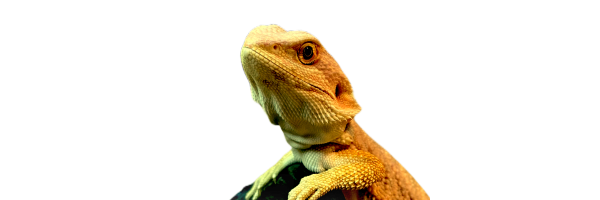
Reptile Food

Available Courses
Teach your dog to stay, sit, drop, roll, sniff and more. Deepen the bond between you and your pooch.
Cart
Your cart is empty


Teach your dog to stay, sit, drop, roll, sniff and more. Deepen the bond between you and your pooch.